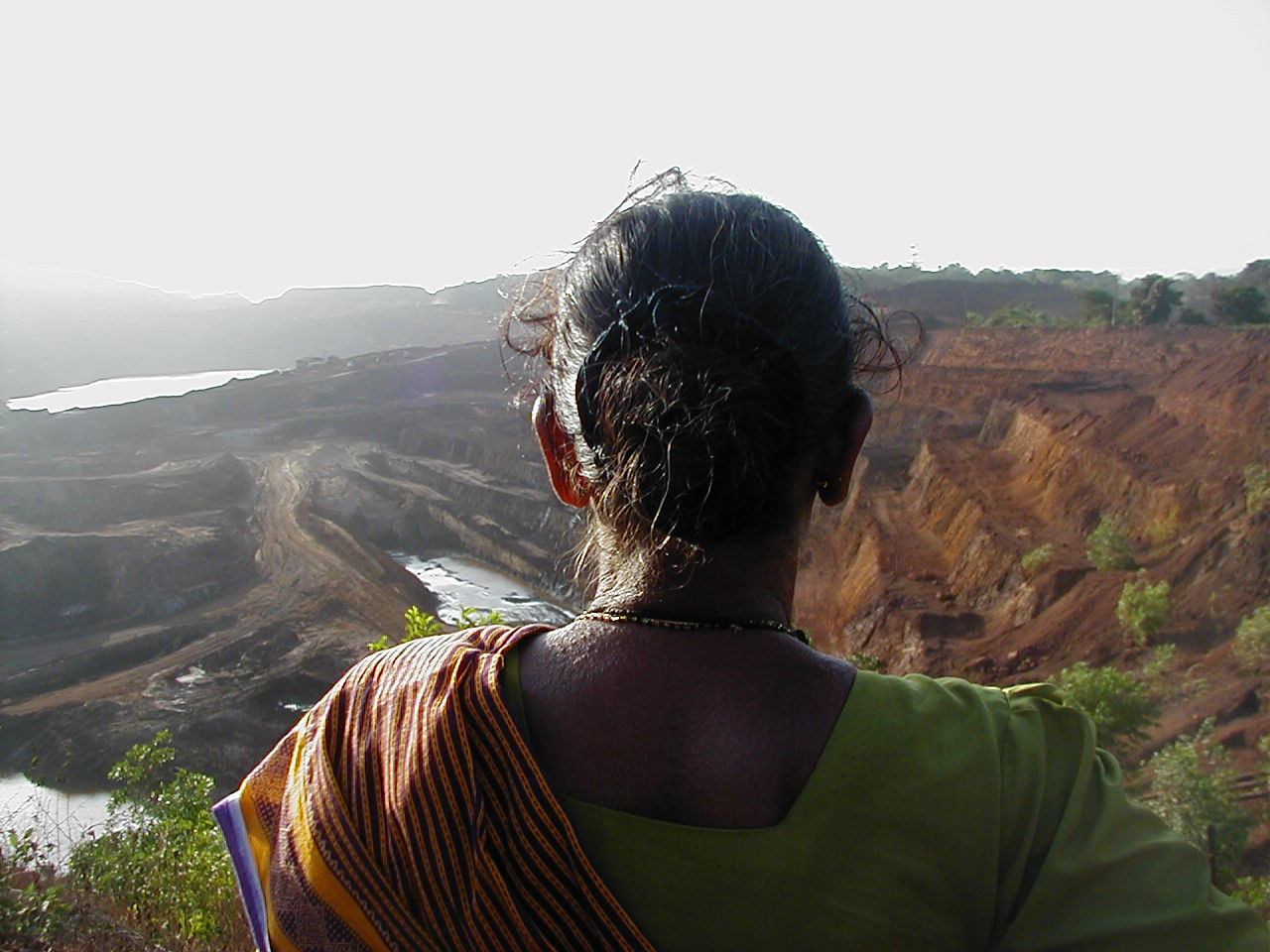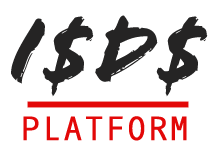Raw materials and resource-shackling under the EU’s FTA texts
Third World Network | 29 April 2025
Raw materials and resource-shackling under the EU’s FTA texts
by Sangeeta Godbole
In the area of energy and raw materials, the EU comes up with regressive and restrictive text proposals for its free trade agreement (FTA) with India (also Tunisia, Vietnam, Mexico) which are directly contradictory to its own conduct and regulations. Yet it calls such FTAs ‘deep and ambitious’. Ambitious for the EU perhaps, but shackling for its developing country partners. Resource colonisation in the garb of FTA texts could also lend an ominous note to India’s clean energy and climate partnership with the EU.
While the global tariff drama continues, India and the EU have expressed commitment to fast-tracking their bilateral trade and investment agreement (BTIA), which has long been under negotiation, to complete it within 2025. India once again has proposed a pragmatic early harvest deal which would essentially entail completing the basic goods and services part and leaving the non-trade areas for later. This was also India’s proposal in 2013 just before the talks were suspended, where it suggested an incremental approach to the FTA: let us complete whatever we have agreed upon and move on; the rest can follow once the agreed chapters are in place. The EU was not interested in the incremental approach then – or now.
India has now twice shown willingness to finalise a trade deal. However, it is cautious in taking on FTA commitments on a wide spectrum of non-trade areas such as anti-fraud, sustainable development, good regulatory practices, SMEs, sustainable food systems, transparency, state-owned enterprises, and energy and raw materials.
Such non-trade texts gobble up policy flexibilities, take up the most negotiating space, and can be hard to agree on.
Implied one-sided commitments
Of the various areas mentioned above, the energy and raw materials text proposed by the EU for the India BTIA merits a close look. As humans guzzle ever greater amounts of energy with each passing year, energy security has become a key consideration for most rapidly industrialising countries.
Such chapters have been agreed in the EU’s ‘deep, comprehensive and ambitious’ FTA with New Zealand, in the non-ratified EU-Mexico Modernised Global Agreement, and in the yet-to-be-concluded, ‘deep and comprehensive’ EU-Tunisia FTA. Interestingly, there are differences between these texts, indicating varying negotiating capacity and leverage among the EU’s partners.
The EU will never be a supplier of raw material or energy. Therefore, despite frequent use of the term ‘each party’ in these texts, all legal commitments are likely to be a one-way street. In practice, they will be enforced by the EU over its developing country FTA partners. The aim is to secure energy and raw materials and bind partners legally through the texts.
Large basket of raw materials
The EU’s proposed text for the energy and raw materials chapter of its BTIA with India covers a wide range of fossil fuels such as coal, crude oil and products, natural gas and electrical energy. It unsurprisingly includes a wide range of minerals such as iron and steel, copper, lead, nickel, zinc, aluminium and rare earth metals. Inclusion of fertilisers, silk, cotton, precious metals, wool, wood and cork is indicative of the EU’s extreme apprehension regarding securing raw materials in the future.
The flipside is that the more materials you include, the greater the resistance of resource-supplying partners to agreeing to onerous binding commitments.
Developing countries to subsidise EU industry
The US and the EU have been seeking to rein in higher pricing for raw material exports at least since 2006 at the World Trade Organization (WTO). It has been successfully thwarted there. The EU therefore now seeks to pursue this through its FTAs.
Article 5 – on export pricing – of the EU’s proposed energy and raw materials text for the India BTIA needs to be read in full to understand the complete implications: ‘A Party shall not adopt, impose or maintain any measure that provides for or results, directly or indirectly, in a lower price of energy goods or raw materials that are destined for sale to industrial consumers in its domestic market below the price of those goods when they are destined for export to the other Party.’ In other words, if the government of India wants to subsidise clean energy or raw materials for its domestic industry, it must also subsidise it for the rich and advanced EU industry. Since such lower costs to Indian industrial consumers can only be compensated by Indian government revenues, Indians with average incomes of USD2,450 would end up subsidising EU citizens with average incomes of USD20,0000-60,000.
India is taking unprecedented efforts to ramp up renewable energy production, which is expensive in terms of land use, resource use and financial investment. It has mandated a renewable purchase obligation on its industry just to ensure a market for its renewables, to encourage production at scale. On what grounds can developing country consumer/industry subsidisation for the energy-guzzling EU industry be justified?
Export duties are a flexible policy tool available to developing countries under the WTO disciplines. They serve many purposes, particularly to regulate outflow of raw materials and essential commodities, to conserve resources and to stabilise domestic prices.
When the whole world is staring at uncertainty and scarcity of raw material supplies, the EU’s FTA proposals try to muscle in on developing countries looking to conserve their own resources for their own developmental needs.
Domestic pricing of electricity and gas through the EU’s lens
Over and above export pricing, domestic pricing of electricity and natural gas is also subject to discipline under the EU’s proposed Article 6, which states that domestic pricing can be regulated only ‘to achieve a public policy objective, and only by imposing a regulated price that is clearly defined, transparent, non-discriminatory and proportionate’. Each of these terms is vague and open to multiple interpretations. Particularly in the Indian scenario, the industrial/commercial sector heavily cross-subsidises electricity and natural gas in favour of households. An FTA disciplining prices of electricity and natural gas may even encourage use of firewood or coal by households. Can any policy space that India (or Vietnam, Mexico, Tunisia) may have in subsidising household use of electricity and cooking gas be signed away in an FTA?
Access to energy transport infrastructure
Access to energy transport infrastructure and the electricity grid receives significant focus in Articles 10, 11 and 12. Access to natural gas and electricity transport infrastructure must be available on a ‘non-discriminatory’ basis and granted within a ‘reasonable’ period of time. Derogations are allowed based on ‘objective’ criteria only to fulfil a ‘legitimate’ policy objective. Each of these terms can be open to myriad interpretations before a dispute panel.
Additionally, an independent regulatory and dispute resolution body, not accountable to other authorities or to operators or users of energy transport infrastructure, is also mandated.
So far, India’s energy transport infrastructure is managed by its Public Sector Units. Their top priority is India’s energy needs, its regional variations and tensions. The attempt to enforce access to energy transport infrastructure in an FTA text speaks to the EU’s motivations. The EU’s energy-related investments could incur local resistance if they prioritise supply to the EU instead of the country of production.
Green colonisation in Tunisia
Lest anyone dismiss all this as unduly alarmist, Tunisia’s ongoing experience with European investments in green hydrogen should serve as a warning. The EU’s RePowerEU action plan and roadmap expects to import 10 million tons of clean hydrogen annually by 2030. The Maghreb is supposed to be an important import partner, given its geographical proximity. In Tunisia, such investments have raised concerns over excessive use of land, desalination of water largely for export of green hydrogen to the EU, and prioritising hydrogen export to the EU over water and energy scarcity in Tunisia itself. While the EU tries to sell a win-win narrative, local activists are convinced that green colonisation is taking place.
Local content and partnership requirements for renewable energy as non-tariff barriers
Article 13 of the EU’s proposed text disciplines non-tariff barriers to trade and investment in new and renewable energy. It expressly prohibits any local content requirements for products, suppliers, investments or enterprises for renewable energy production. It also bars any requirement for local partnerships. Additionally, it requires that any new support measures for renewable electricity must not harm the rights and economic viability of existing projects of its industry. Similar conditions have been imposed on Vietnam in its FTA with the EU.
Local content requirements and partnerships with local enterprises are an effective tool to support manufacturing capacities, technology upgradation, employment opportunities and self-reliance.
It appears that the EU has minimal interest in promoting renewable energy production and use in developing countries. For comparison, the EU’s per capita annual energy consumption is around 35,000 KWh, against India’s 7,500 KWh. India still has huge strides to make and that too with clean energy. Restrictive conditions in the name of ‘depth’ and ‘ambition’ do not bode well for completion of the FTA.
Curiously, while it moves to bar local content requirements in its FTAs with developing countries, the EU mandates the same in its own Clean Industrial Deal, which (in section 3.2) seeks to apply, by Q4 of 2025, minimum EU content requirements in ‘public and private procurement in strategic sectors to ensure lead markets for low-carbon products’.
The EU’s FTA proposals introduce an ominous note into India’s energy cooperation with the bloc. The areas of ‘cooperation’ are green hydrogen, offshore wind, regional connectivity, electricity market integration and smart grids, energy efficiency, and energy and climate diplomacy. It includes assessing infrastructure development feasibility, regulatory and technology cooperation, and strengthening of supply chains – precisely the areas where the EU would restrain Indian capacity through legally binding FTA provisions.
Clean Industrial Deal aka resource extraction deal
The EU’s new Clean Industrial Deal provides a window into its agenda in the area of energy and raw materials.
While discussing the utility of FTAs, the Clean Industrial Deal (section 6.1) mentions a ‘focus … on better managing strategic dependencies and securing the EU’s position in crucial global value chains, by diversifying our supply chains and securing better access to raw materials, clean energy as well as clean tech’. The EU’s text proposals for the energy and raw materials chapter in its FTAs reflect this EU-centredness and could cause anxiety in partner countries. The EU seems to find it difficult to veer away from the old extractivist playbook.
Diametrically opposed to the Article 13 proposal above, the Clean Industrial Deal wishes to take ‘measures to ensure that foreign investments in the EU better contribute to the long-term competitiveness of EU industry, its technological edge and economic resilience, as well as the creation of quality jobs in the EU’ (section 6.3).
If the EU considers itself a global champion of climate action, decarbonisation and clean energy production, it should undertake binding commitments for technology for energy efficiency, quality and timely investment, and financial support for renewables production. Instead, it comes up with regressive and restrictive FTA proposals which are directly contradictory to its own conduct and regulations, even as it calls such FTAs ‘deep and ambitious’. Ambitious for the EU perhaps, but shackling for its partners.
Sangeeta Godbole is a former officer with the Indian Revenue Service (IRS). Her research interests lie in the trade and environment intersection.






